What causes dangerous tule fog in California’s Central Valley, and why is it becoming less common?
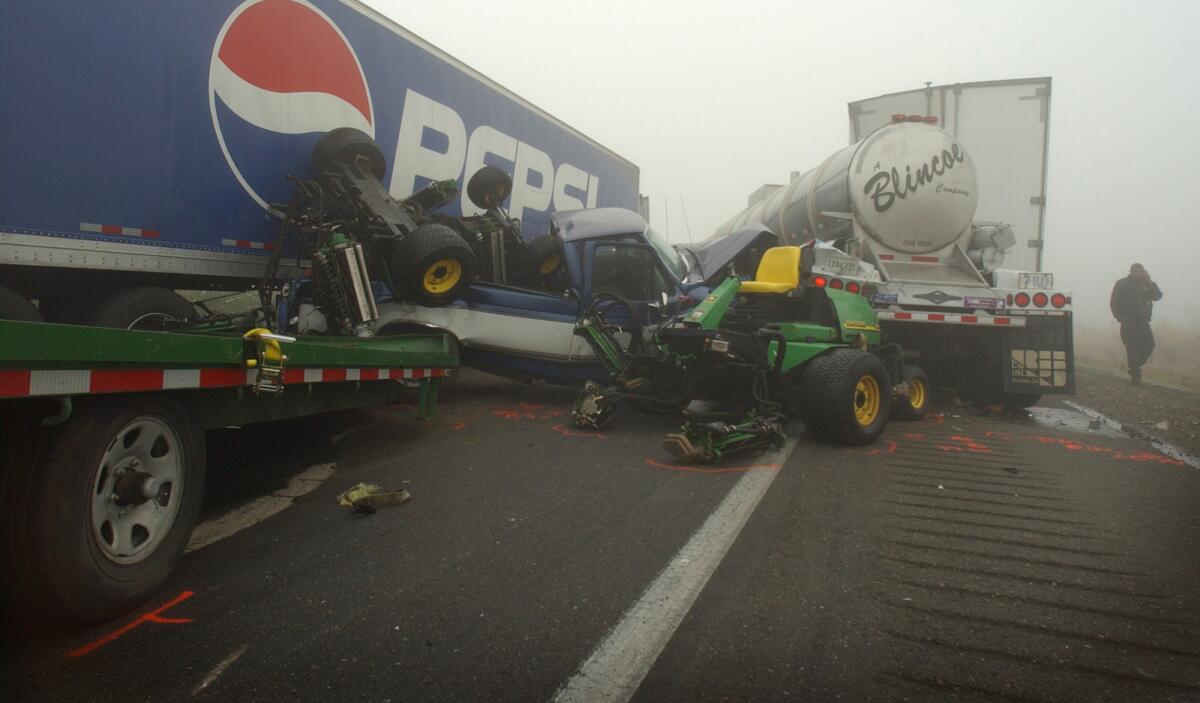
- Share via
Opaque tule fog, a staple of winter in California’s Sacramento and San Joaquin valleys, is the bane of motorists because it can reduce visibility to zero and cause massive freeway pileups.
But it is also beloved by growers of crops such as almonds, apricots, cherries, peaches and pistachios because it helps the trees to satisfy the dormancy requirement necessary to produce flowers and fruit. The trees need this rest period to produce high yields during the growing season.
And in the dry Central Valley, it’s a natural part of the ecology.
Love it or hate it, a study a few years ago by researchers at UC Berkeley found that the trend is for less and less of the pea-soup fog.
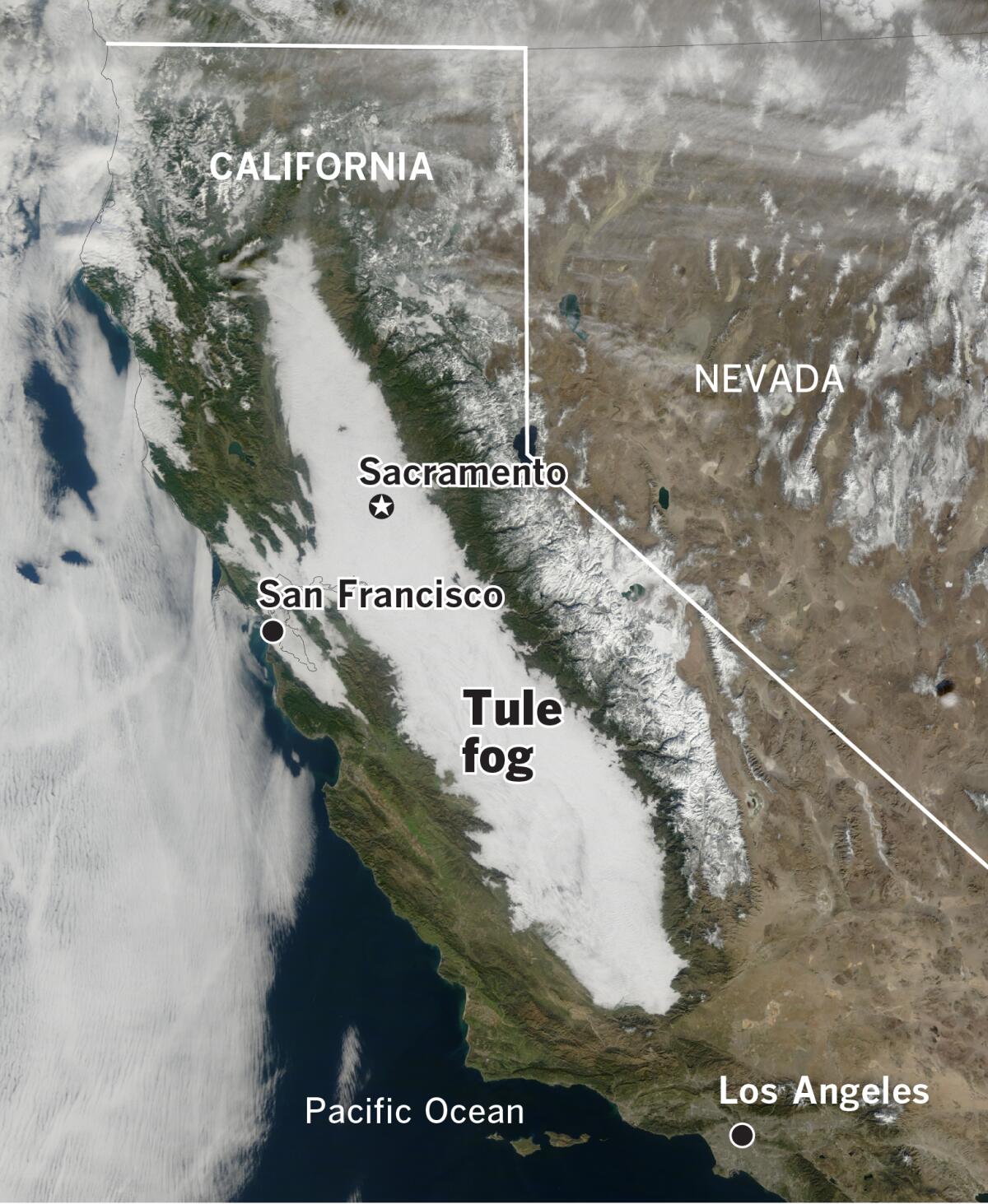
Why is it called tule fog?
Tule fog is thought to arise from wetlands full of tules, Schoenoplectus acutus, a reed or rush common to marshes in California.
A Spanish army officer, Commandante Pedro Fages, discovered a huge freshwater lake in the southern San Joaquin Valley while searching for deserters in 1772. The sloughs and marshes around the lake’s shores were lined with these rushes, so he named it Los Tules. The name comes from a Nahuatl word, tullin, for similar reeds in the marshes around Mexico City.
Fages is the same explorer who found thickets of wild grapevines in a canyon in the Tehachapis and named it Cañada de las Uvas, or Grapevine Canyon.
Tullin is the root from which Tulare Lake, Tulare County and the town of Tulare derive their names. A tulare is a tule marsh. But Tulare Lake, once one of the largest lakes in the West, has dried up because the streams and rivers that fed it were diverted and the water is used for agriculture and municipalities.
Many Native American groups used tules to make baskets, bowls, mats, hats, shelters, boats and even duck decoys.
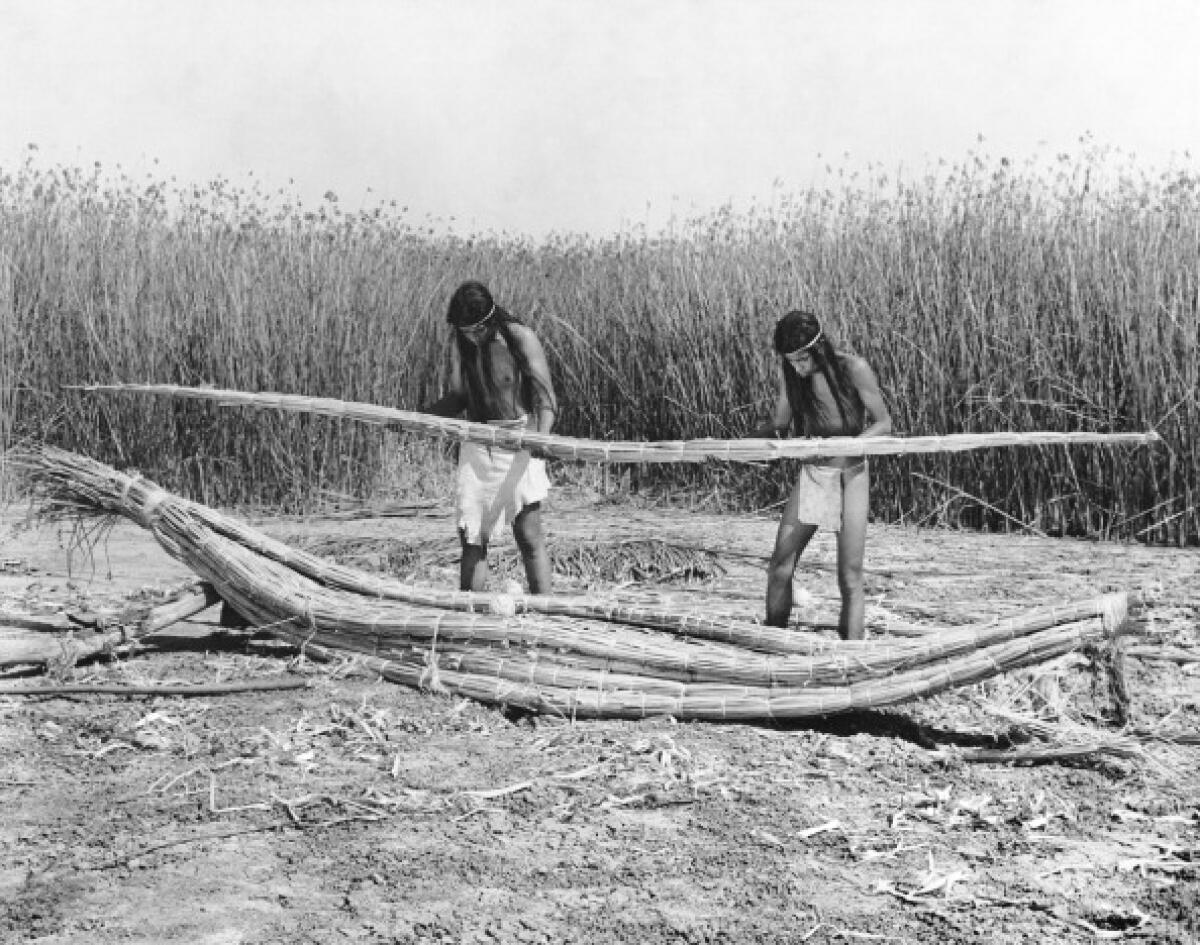
To say something is “out in the tules” is a common expression roughly equivalent to “out in the boondocks.”
How does tule fog form?
The Central Valley’s thick tule fog is a type of radiation fog that forms on calm, clear nights, usually after a soaking rain, when the Earth gives up its heat — radiates its heat like a radiator — into space. Note that this happens on clear, starry nights, not when there’s cloud cover forming a cozy blanket that holds in the planet’s warmth. Fog can also form near any water, such as lakes, streams and aqueducts.
1. Fog forms when pale winter sun, however weak, warms the ground during the day, and is followed by a clear night with winds less than 5 mph.

2. Heat radiates from the ground into space, cooling the air near the surface. This nighttime cooling can get an assist from cold air sinking into the valley when winds are light.
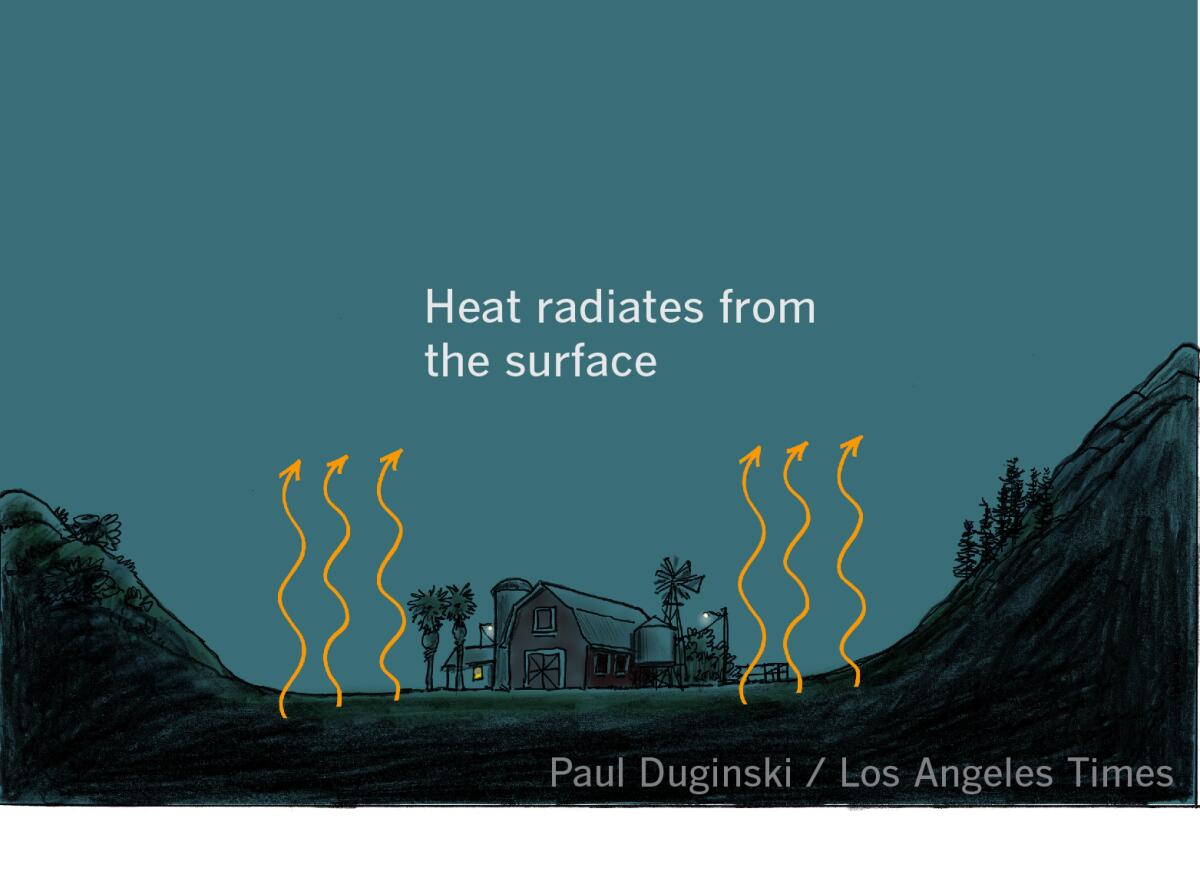
3. As air near the ground cools to the dew point, or saturation point, moisture condenses around minuscule particles of dust, pollen or pollutants (condensation nuclei), forming tiny droplets of water that make up the fog, which is simply a cloud near the ground.
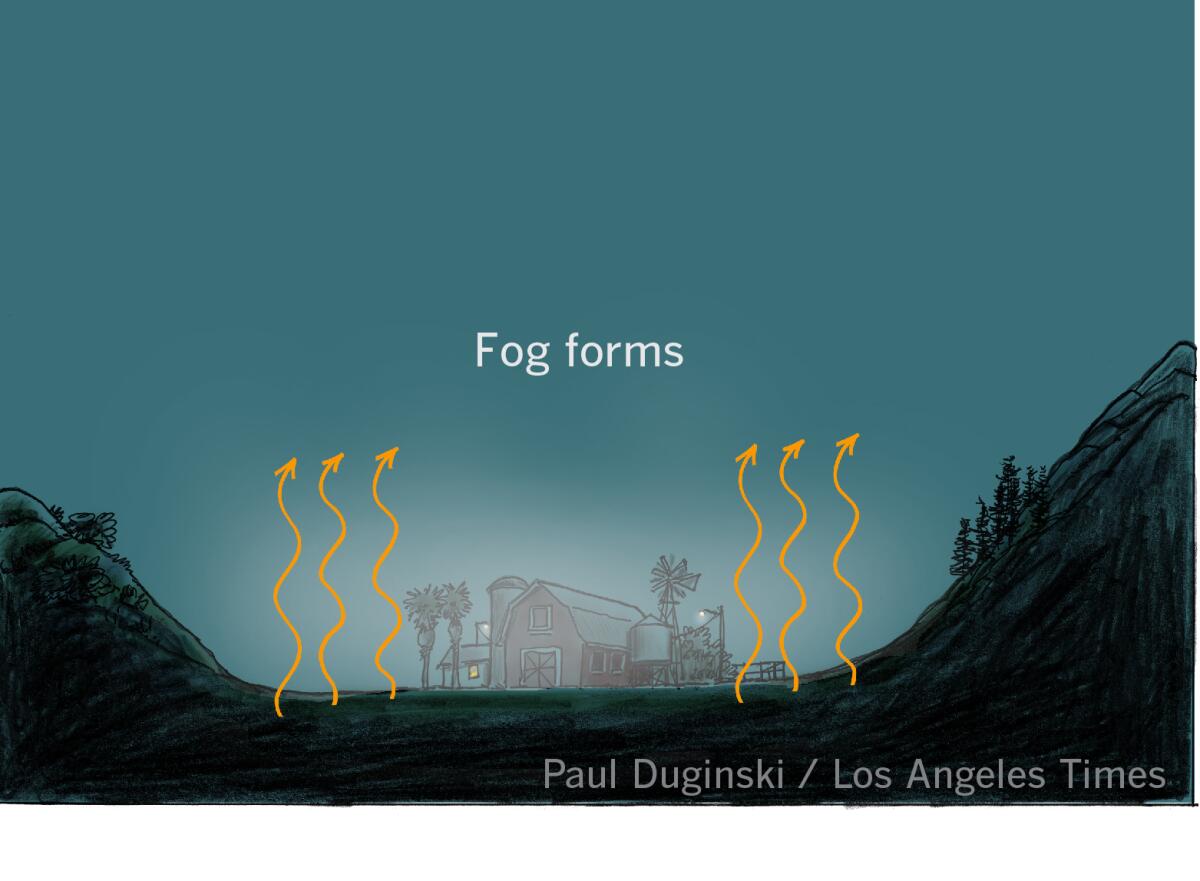
4. As the fog layer deepens, the ground is blanketed and no longer radiates heat directly into space. But radiational cooling continues at the top of the fog layer, causing it to grow thicker and deeper. The droplets of water in the fog are extremely tiny — less than one thousandth of an inch in diameter — and it would take 10,000 of them to cover the head of a pin.
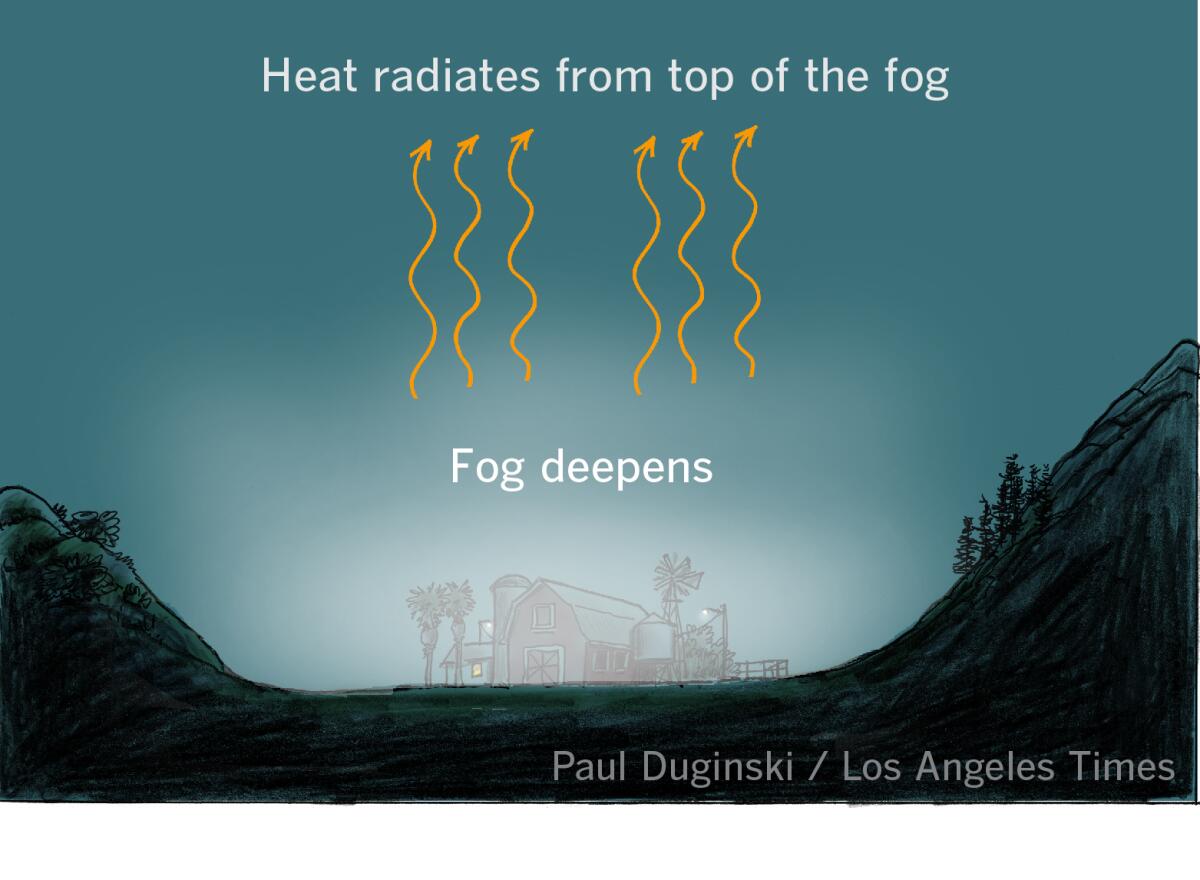
The fog usually reaches its peak density at 7 a.m., according to Stephen LaDochy, a professor in the Geosciences and Environment Department at Cal State L.A. The fog may continue to thicken as a result of convection in the morning hours.
“In the dry Central Valley, plants, especially native plants, love the extra water that this fog provides,” said Bill Patzert, former climatologist at NASA’s Jet Propulsion Laboratory.
Agriculture in the Central Valley, which accounts for 95% of U.S. fruit and nut production, also depends on the winter chill to promote the proper development of buds, flowers and fruit. To achieve high yields, fruit trees need the sustained periods with temperatures below about 44 degrees Fahrenheit during prolonged periods of tule fog.
Researchers Dennis Baldocchi and Eric Walter reported in 2014 that, based on satellite data, the number of winter fog days had decreased by an average of 46% over the last 32 winters. They hypothesize that the decrease in winter fog is occurring along with and contributing to a reduction in winter chill. Winter chill is likely to decrease further with global warming.
Warming because of climate change, in addition to the effects of urban heat islands and air-pollution control, may decrease the frequency of tule fog events, said LaDochy, the Cal State L.A. professor.
Pollution becomes a factor in fog formation because soot, dust and vehicle exhaust provide the tiny airborne particles, or condensation nuclei, around which water vapor condenses to form clouds, fog and haze.
But if population growth and urbanization continue in the Central Valley, the reduction in air pollution may not last, LaDochy warns.
Driving in the fog
Pileups involving more than 100 vehicles have occurred in the San Joaquin Valley. One of the worst such fog-caused chain-reaction accidents involved 108 vehicles and closed Highway 99 for more than 12 hours in November 2007. The collision unfolded over 10 minutes and resulted in two fatalities and 40 injuries.
Collisions such as this prompted Caltrans to develop a $12-million detection system to alert motorists of thick fog along an especially accident-prone section of Highway 99 south of Fresno.
The California Highway Patrol suggests that, if possible, drivers postpone trips until the fog lifts. Those driving in foggy conditions should drive with lights on low beam, the CHP says. Drivers should not follow too closely behind other vehicles and should avoid crossing traffic lanes. Visibility can be reduced to 10 feet, and the fog can be disorienting, causing motorists to drive faster than they realize. Drivers should not stop on highways except in emergencies. Drivers and passengers should move away from disabled vehicles. Drivers are urged to watch for CHP pace vehicles to guide cars through the fog.
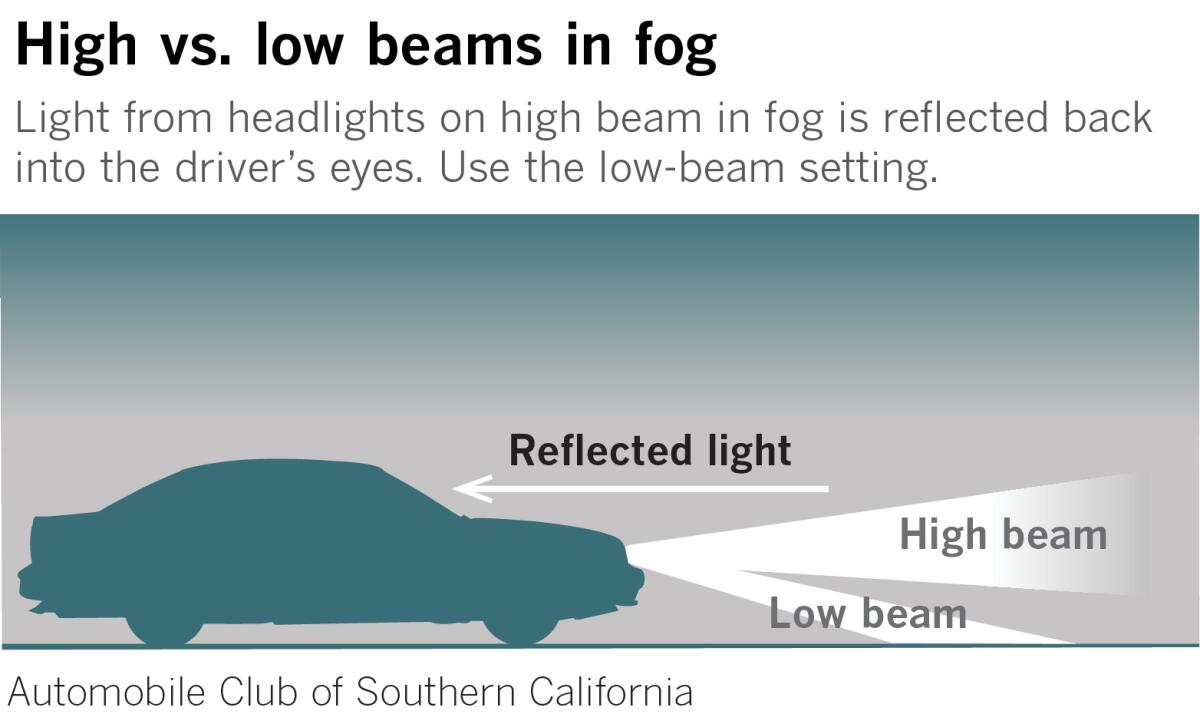
All this shows that, although tule fog may come on little cat feet, it has a surprisingly bigfooted effect on California’s environment, agriculture, commerce and public safety.
More to Read
Sign up for Essential California
The most important California stories and recommendations in your inbox every morning.
You may occasionally receive promotional content from the Los Angeles Times.











